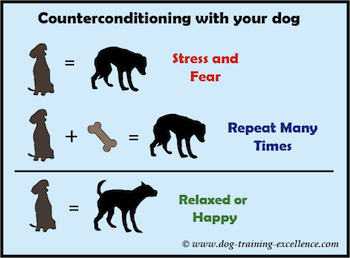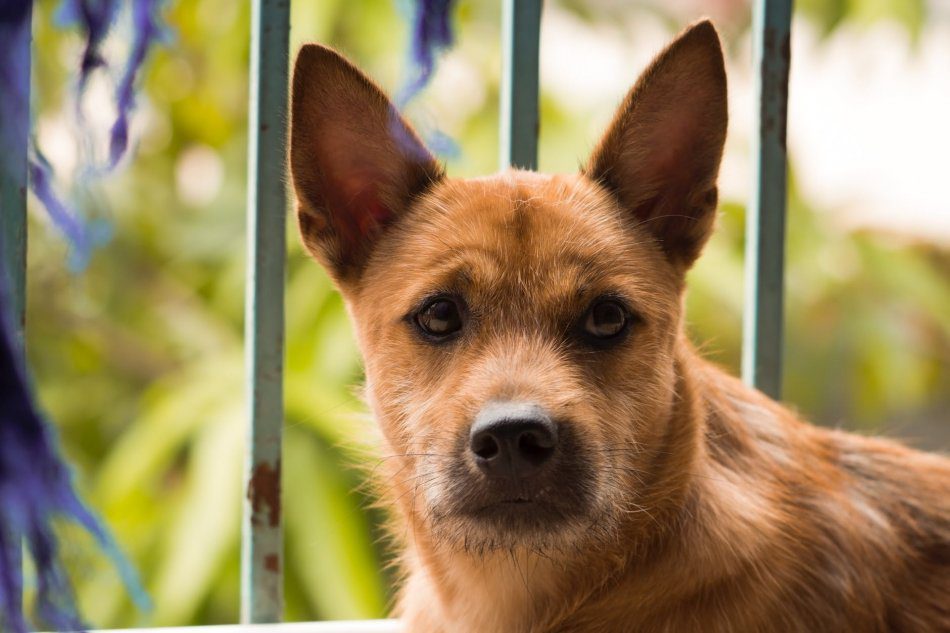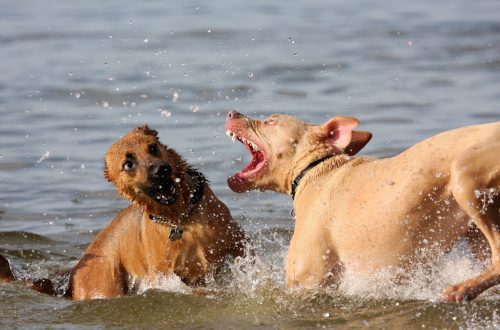
Counterconditioning: what is it?
One of the correction methods problem behavior and education of the dog (in particular, accustoming to unpleasant procedures) – counterconditioning. What is counterconditioning and how to apply it correctly?

Photo: pexels.com
What is counterconditioning?
Counterconditioning is a word that sounds terrible, but in fact there is nothing terrible about it. Counterconditioning in training and correcting the behavior of dogs is a change in the emotional reaction of the animal to a particular stimulus.
To put it quite simply, this is when we teach a dog that things that are scary in his mind are not so scary, but sometimes even pleasant.
For example, a dog is afraid of strangers and barks at them. We teach her that the presence of strangers promises our pet a lot of pleasure. Is your dog afraid of a nail cutter? We teach her that this tool in our hands is a harbinger of a huge amount of goodies.
How to use counterconditioning in dog training?
The counterconditioning in dog training was based on the experiments of the famous scientist Ivan Pavlov on the formation of a conditioned reflex. In fact, we form a new conditioned reflex in response to a frightening or unpleasant stimulus.
First of all, you need to find something that will be a worthy reinforcement for the dog. Most often, a beloved (really loved!) treat acts as a reinforcement, which is rarely given to a pet in ordinary life. For example, small pieces of cheese. Treats will be the main tool.
Further work is based on the fact that the dog is presented with an irritant (what frightens or disturbs it) at a distance when the dog already sees the object, but still remains calm. And then give her a treat. Every time a dog sees a stimulus, they are given a treat. And gradually reduce the distance and increase the intensity of the stimulus.
If everything is done correctly, then the dog will form an association: irritant = a lot of tasty and pleasant. And the dog will rejoice at the nail cutter, which he used to be terribly afraid of.





